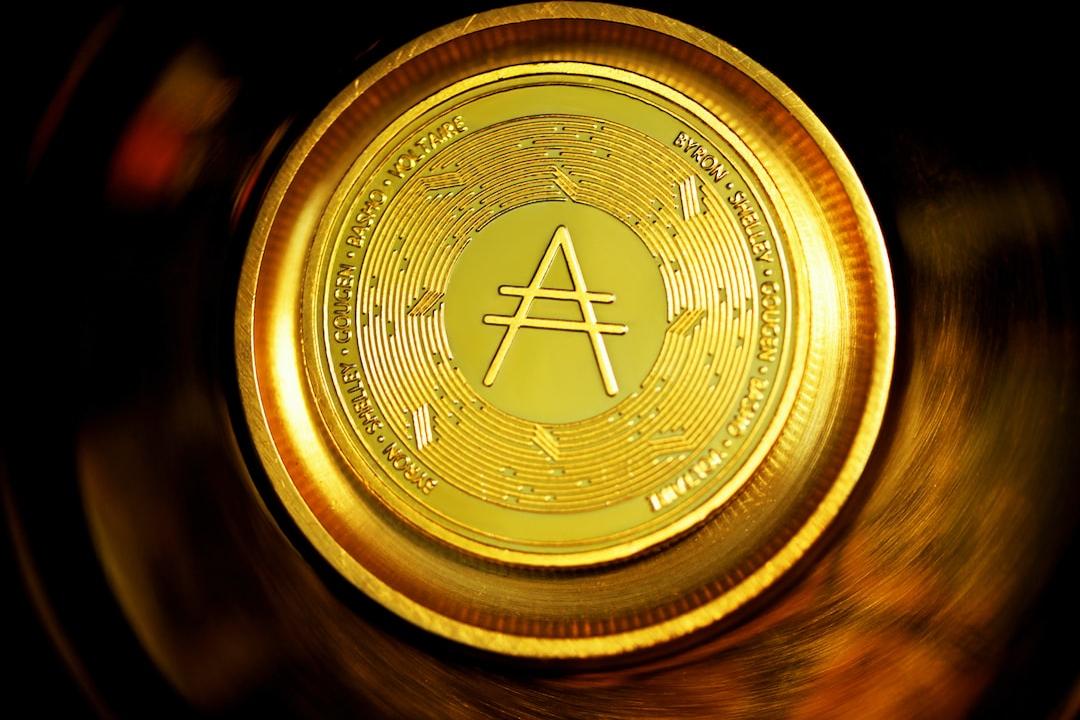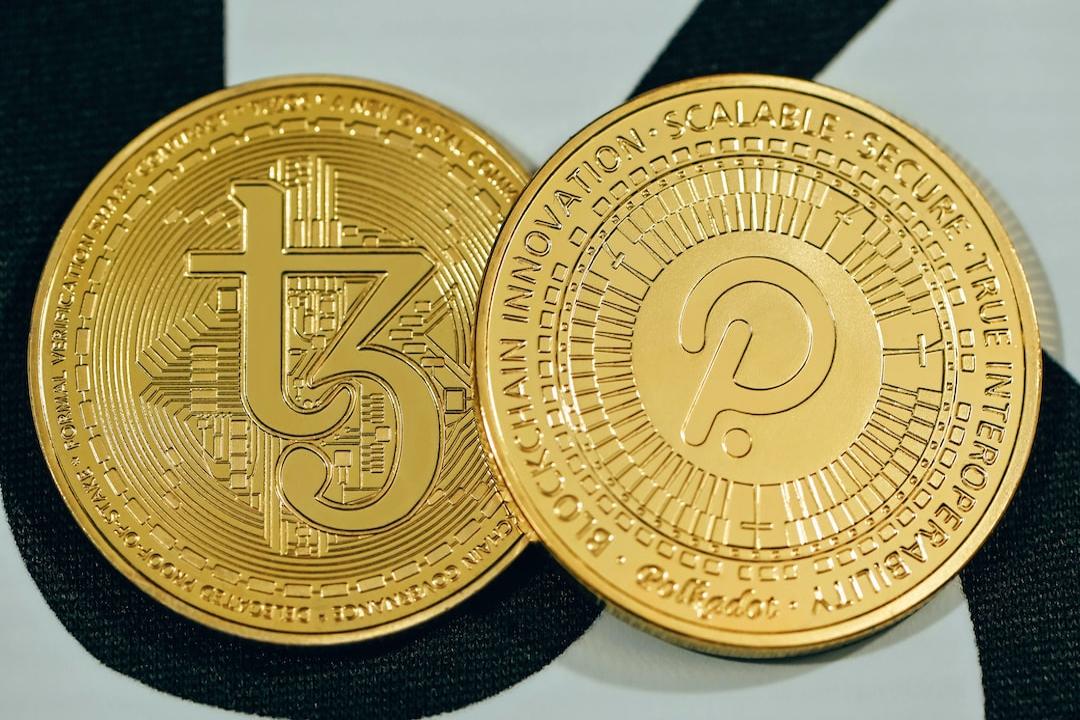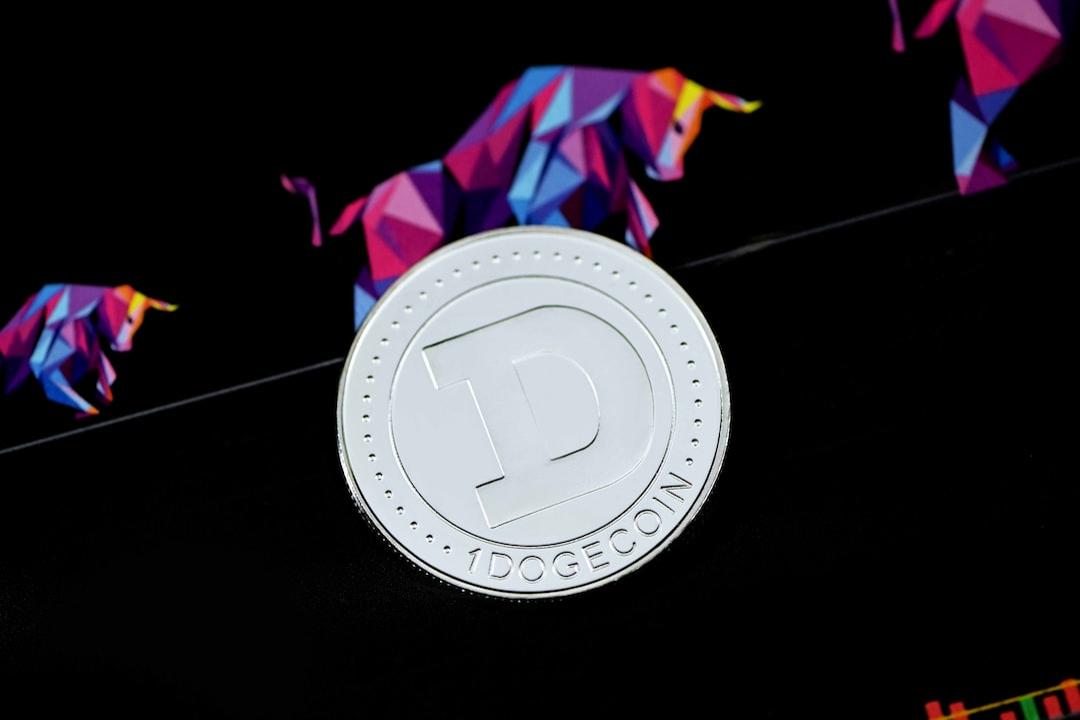Infini Announces Closure of All Card and Payment Services, Sparking Community Debate
The crypto financial card provider Infini, which has received high praise for its product experience, suddenly announced this morning the complete shutdown of all its cards and payment services, igniting discussions within the community. The team admitted that the path of payment cards was “costly and low-revenue,” compounded by cumbersome regulations, making it ultimately difficult to sustain. This marks not only a turning point for Infini but also highlights the stark reality faced by the entire crypto industry in payment scenarios.
Why Did Infini Shut Down Its Financial Card Payment Business?
Infini has long been well-regarded by users for its financial card service (U Card), which features a simple interface, stable financial management, and smooth payment processes. The card allows users to store value in stablecoins and make everyday purchases via Visa, being seen as a significant breakthrough for Web3 payments.
Unified Response:
- Infini is no longer engaged in to-C card business. The reason is that compliance costs are extremely high, profits are very thin, and operations are exceedingly burdensome. (Oh, I almost forgot, it’s also easy to be mocked as the bottom of the industry ) We have made a strategic adjustment and removed the to-C card segment from our operations. Currently, the to-C card business occupies 99% of our time and costs but contributes 0 revenue. …https://t.co/tra400Jkk7


However, according to Infini’s official announcement and co-founder Christine’s statements, operating the payment cards not only requires a substantial investment in compliance costs, manpower, and technical maintenance, but also struggles to generate stable profit sources:
This process is too convoluted, too lengthy, and the costs are too high. Without subsidies, it is impossible to match the transaction fees and rewards of Web2 credit cards.
In other words, no matter how good the product experience is, as long as the card still relies on the traditional financial system (such as bank clearing and payment networks), the ideals of Web3 are ultimately confined by the iron cage of Web2.
Why Is Scaling Crypto Payments So Difficult?
Christine explained from an operational perspective that the financial card business inherently carries multiple “intermediary barriers”:
- Stablecoins must first be converted into specific intermediary assets before they can be further converted into fiat currency through traditional payment networks.
- The entire process involves cumbersome regulatory risk controls, KYC, and AML audits.
- Almost every layer charges transaction fees, leading to costs that are still far higher than existing Web2 credit cards.
He likened this payment model to an “iPod nano,” which appears attractive but will ultimately be replaced by more essential and native Web3 solutions like the “iPhone”:
The U Card is not the final solution for “paying with stablecoins”; it is merely a transitional path, and it has now been confirmed that this path is not worth pursuing any further.
Challenges of Crypto Financial Cards
Infini’s financial card is well-known in the Asian cryptocurrency circle. Although it previously suffered a theft of $50 million due to a transfer of permissions oversight, the team’s commitment to full compensation has earned respect.
However, as Colin Wu, editor of Wu Blockchain, noted: “The U Card is indeed difficult; it is caught in traditional finance. No matter how well you improve the user experience, it is of no use.”
If Web3 native entrepreneurs wish to issue cards, they still need to rely on core clearing networks like Visa or MasterCard, and they cannot bypass the stringent checks of banks and acquirers. This means that even if crypto operators are willing to take risks and drive innovation, the traditional financial system still erects a high wall named “cost” against crypto payments.
This has led to a sluggish entrepreneurial ecosystem in the crypto space, with high costs forcing capable teams with products and execution, like Infini, to choose to stop losses and pivot.
Infini Embraces a Decentralized Future, Focusing on Financial Products
In the announcement, the Infini team emphasized that aside from card services, their financial services and asset deposit and withdrawal functions continue to operate normally, and they will focus on developing asset management products in the future. More importantly, they will “abandon the centralized path” and fully embrace decentralized payment solutions.
This may indicate that Infini will explore turning to crypto-native products such as wallets or yield management applications that do not rely on banks. Rather than burning costs in the limbo between Web2 and Web3, proactively moving towards more autonomous crypto solutions may be the best answer.
In this battle of payments, Infini’s withdrawal is not a failure but an expensive lesson. Web3 entrepreneurs should also rethink the true path of “payments”: should they mimic Web2 or create an entirely new logic for financial interaction?
Risk Warning
Investing in cryptocurrencies carries high risks; their prices can be highly volatile, and you may lose all your principal. Please assess the risks carefully.

